Caption: Photo-collage workshop (An example of bottom-up engagement to inform adults) – 8th April 2021, Red Nose Foundation, Jakarta, Indonesia
While it was heartening and inspiring to listen to the major successes of the Mobile Arts for Peace projects in their initial stages, I was also delighted by the participants willingness to talk about their disappointments. In these spaces we often only hear of success as this is an essential aspect of justifying resources and securing future funding. However, an exclusive focus on success limits opportunities to learn and improve our work and recognise common challenges across projects and themes and subsequently come up with strategies to address them. In the Mobile Arts for Peace projects, a pattern of challenges was evident because of the openness of presenters. In the cases mentioned by MAP partners and dialogue attendees, these disappointments stemmed from similar lack of external support and buy-in from those they were targeting while the corresponding successes resulted from engaged and committed stakeholders. In this case, and in others, we see that for change to happen, there needs to be both bottom-up and top-down engagement.
Creating spaces for constructive dialogue between young people and decision-makers, particularly politicians and government officials presents a host of challenges. Often, projects focus on empowering and building capacity and skills of the young people with whom they are working. Young people are supported to identify issues that are important to them and to articulate them in formats which can be disseminated and shared with stakeholders and those with the power to bring about change. The adults supporting them introduce them to data collection methods, analysis techniques and facilitate events where young people can share their findings. The final step is where the biggest challenge remains. Young people are empowered and develop capacity to speak to those in power – but are those in power capable of listening and hearing?
While copious resources are put into developing the capacity of young people, rarely do projects elaborate or build opportunities for reversals – building the capacity of the powerful to listen to young people. And yet this is an essential component of change. Entrenched social norms around childhood and youth often mean that children are expected to listen. Yet, if other social norms – such as child marriage and gender discrimination are to be challenged – people, and especially adults – need shift their perceptions of what young people are capable of and the role they play in our societies.
Robert Chambers argues that power does not have to be a zero-sum exchange and that to give up power does not necessitate that someone else loses it, rather he contends that these exchanges can be win-win (2016). To advocate for win-win scenarios requires a shift from focusing only on bottom-up approaches. Instead, transforming power requires that top-down approaches take place alongside bottom-up approaches: ‘the importance of bottom-up power with and power within strategies, vital and often primary though they are, should not distract from the potentials of top-down transformations using power over in ways which are win-win, with gains for the powerful as well as for those who are empowered.’[1] There are spaces in development where this has started to take place – such as working with men on issues of gender inequity, see the work of Equimundo, and working with business owners on issues of working conditions in the CLARISSA programme.
As mentioned by the MAP Nepal team, there was greater success when government officials who were involved in the MAP dialogues recognised the value of youth finding and presenting the issues which were most relevant to their well being as it meant that government officials then knew where to focus their energy and resources. Yet, even when adults are supportive of youth activities, in adult and youth exchanges there is the danger that ‘adults talk too much’ and/or present as experts. Taft’s (2015) work on the Peruvian children’s working movement explores how intergenerational collaboration when embedded in contexts of age-based inequality can reinforce disempowering dynamics. This case and others serve as an important caution to those supporting youth initiatives. Without adequate self-reflection and top-down capacity-building and commitment to address power imbalances, our efforts can unintentionally uphold youth marginalisation.
MAP’s openness to addressing these challenges and others suggests that the next stages of the project will be exciting places for learning and practicing how adults can learn to work with youth in bottom-up policy initiatives.
[1] For more on types of power, see VeneKlasen and Miller (2002)
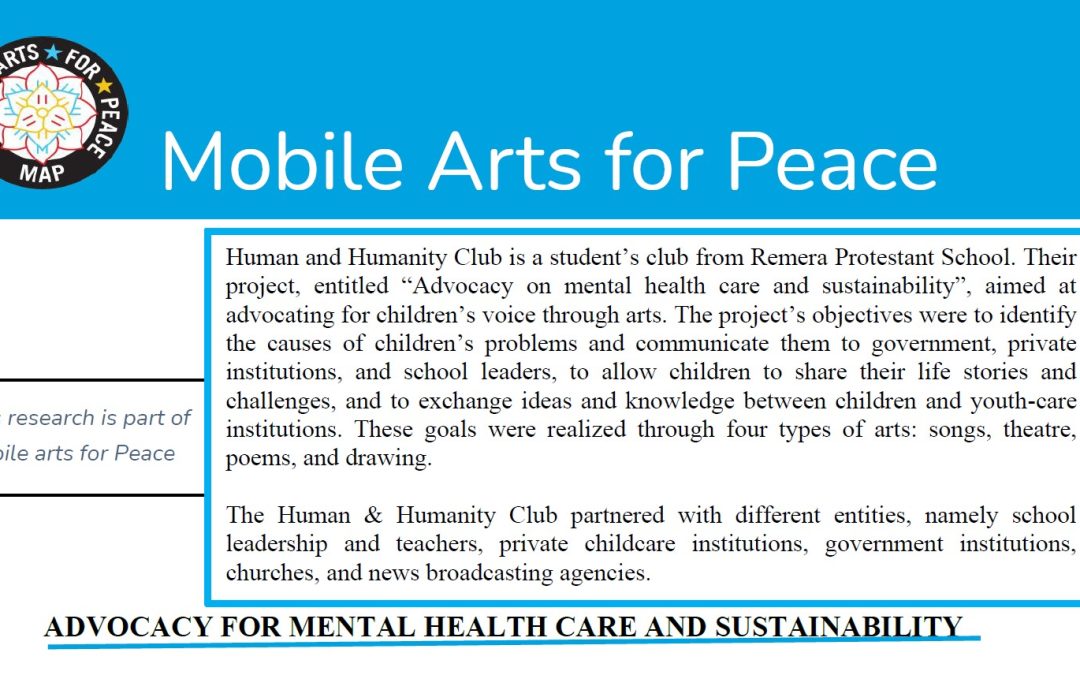
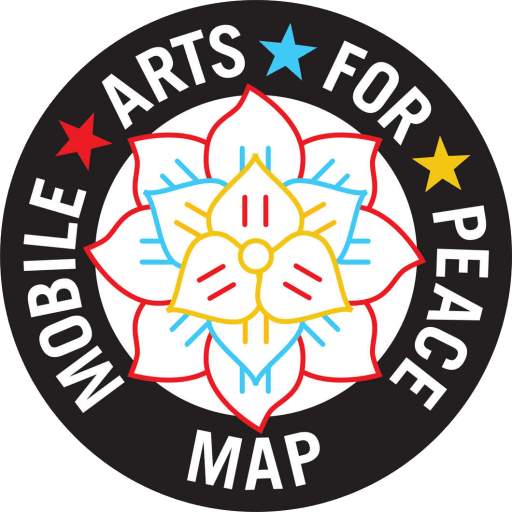
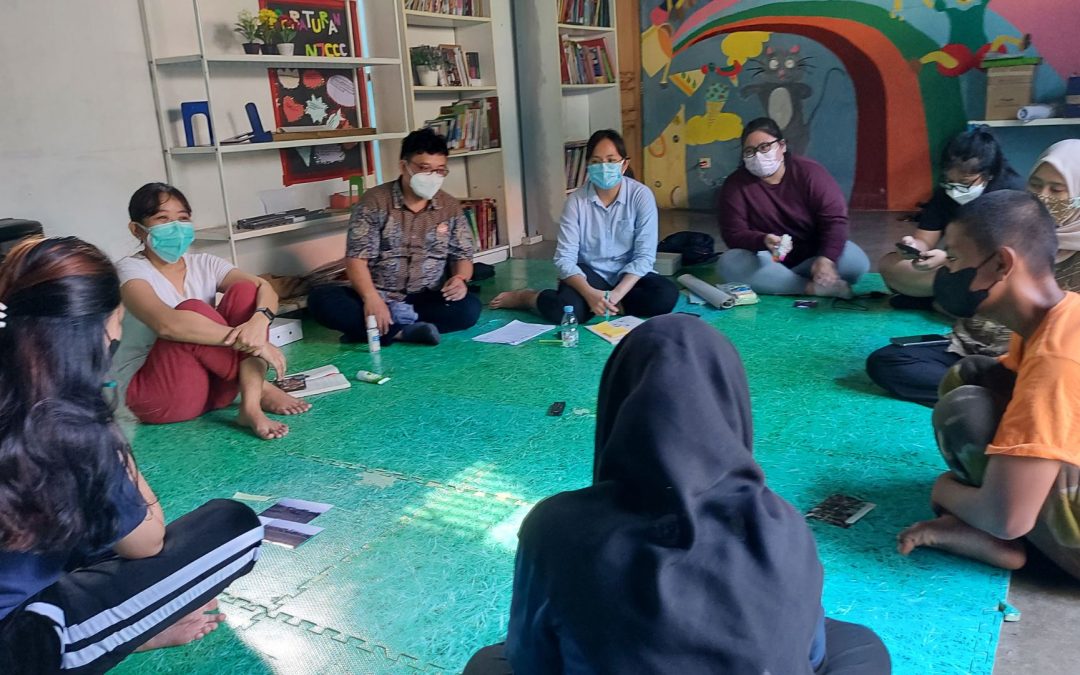

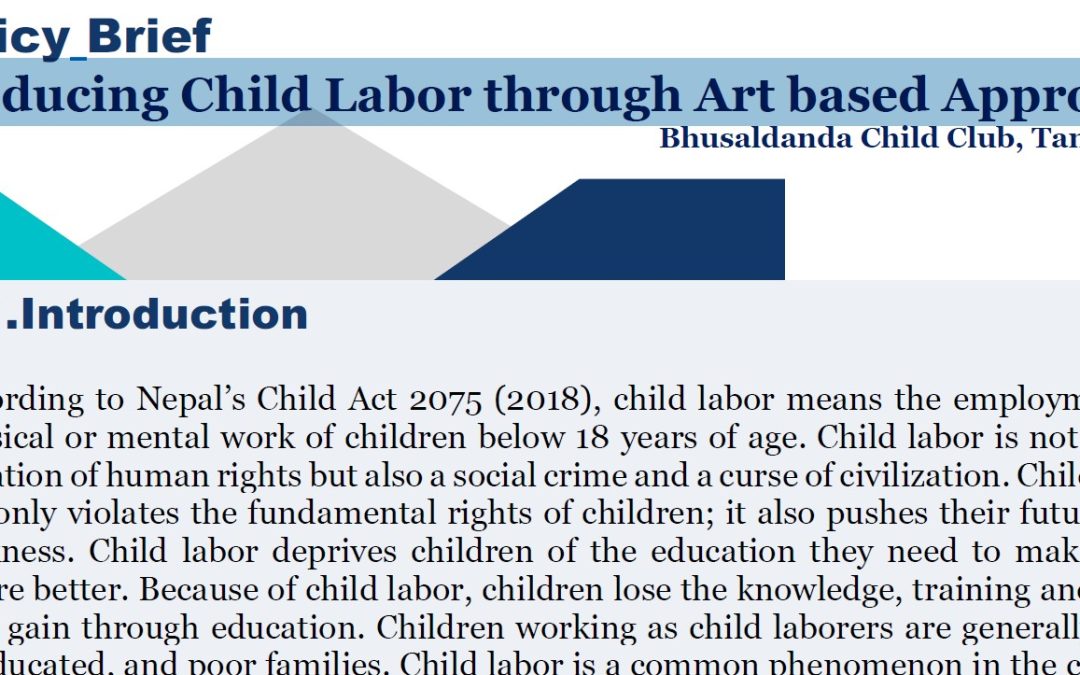
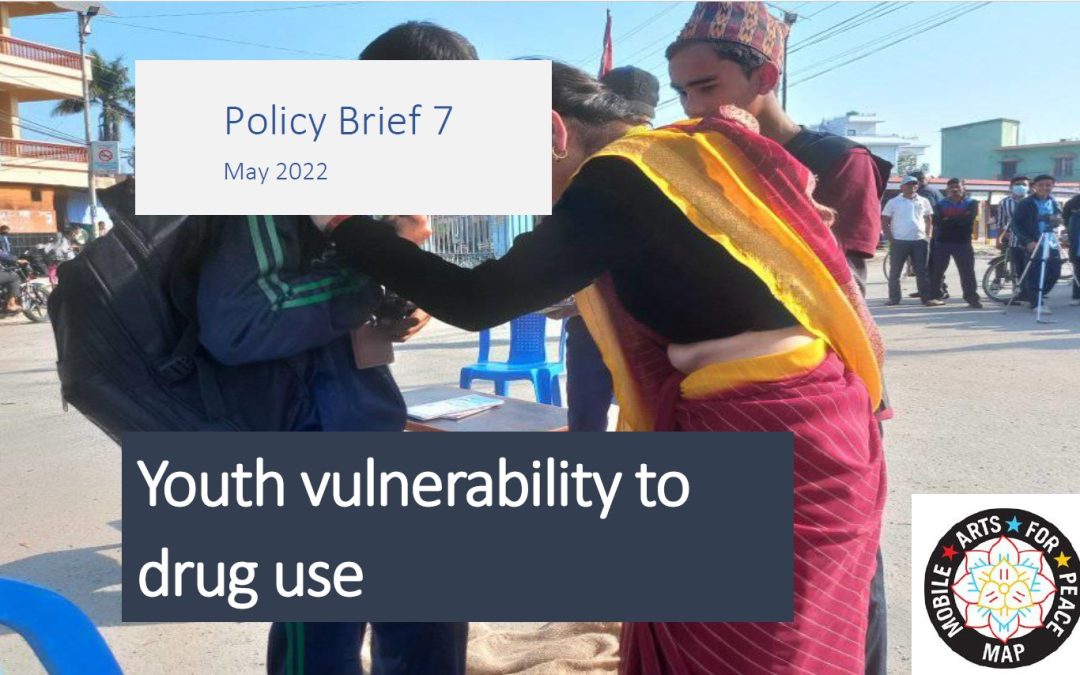
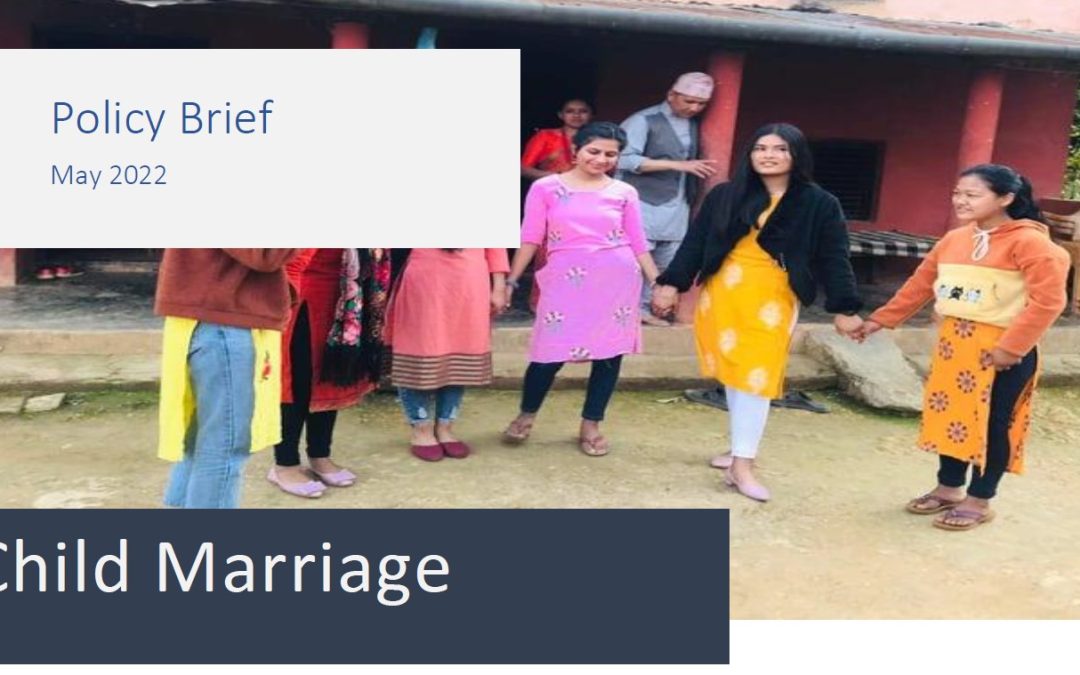
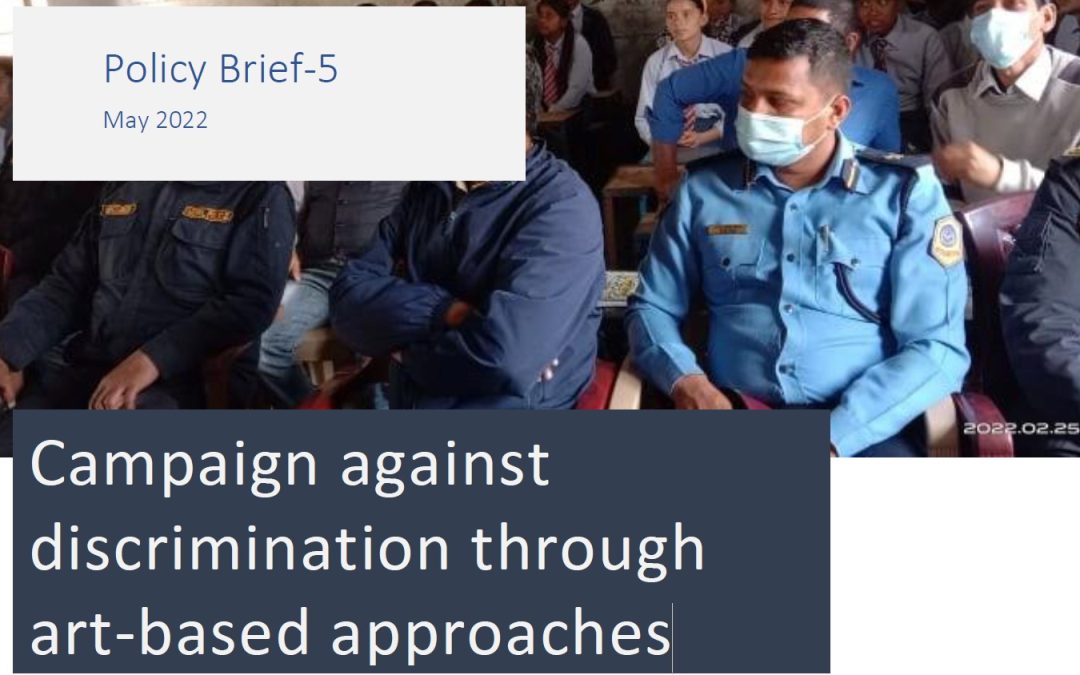
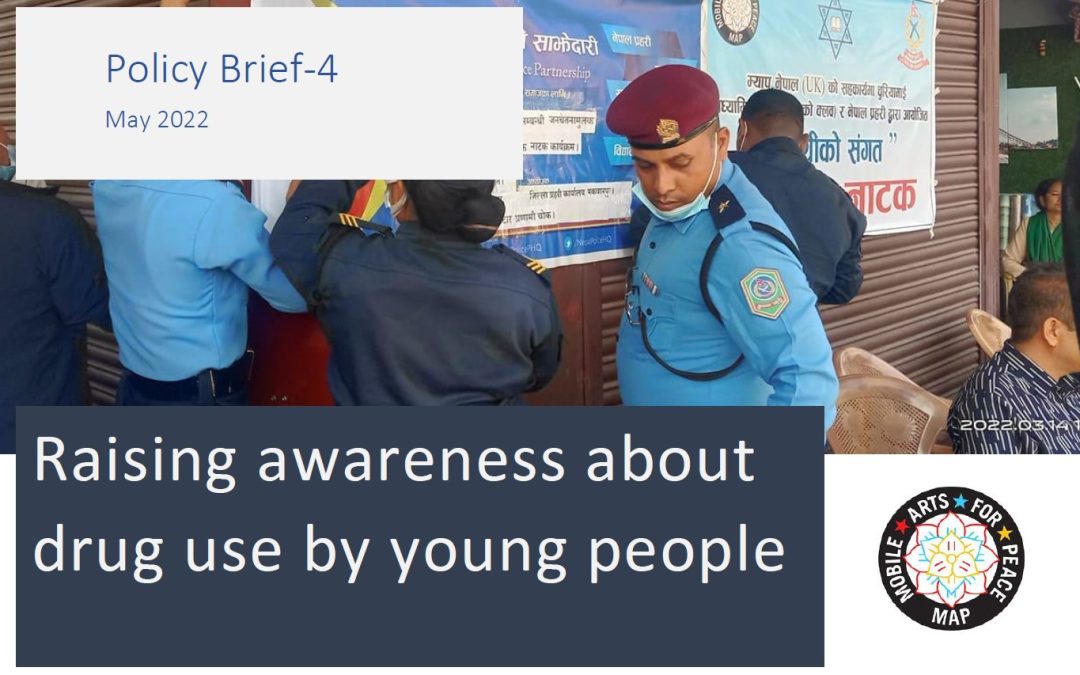
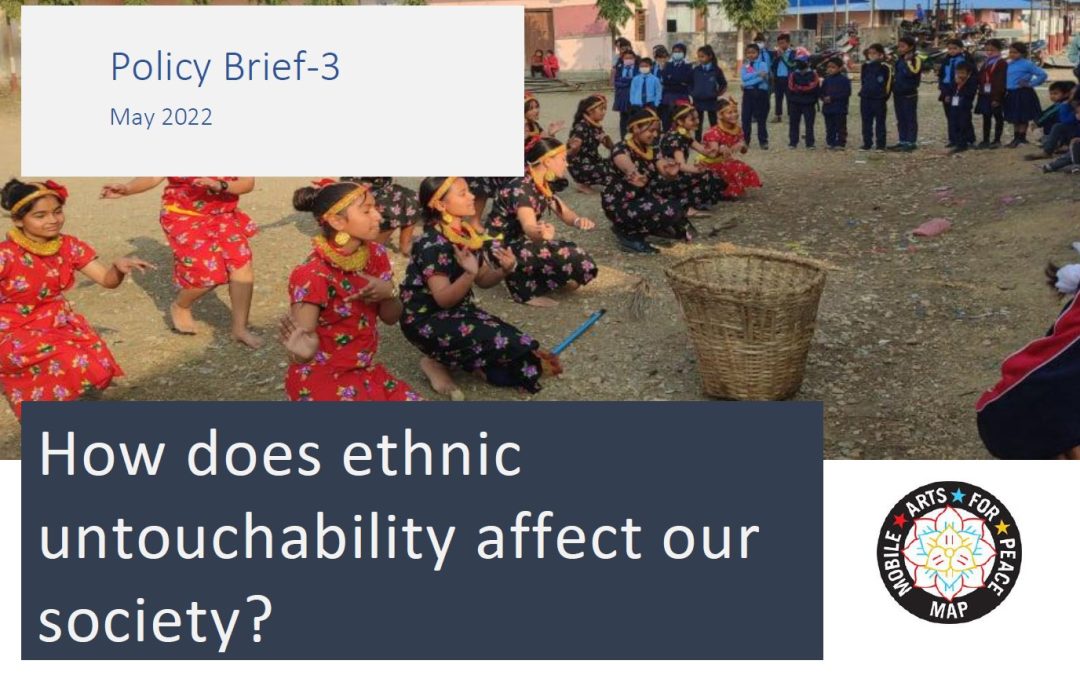
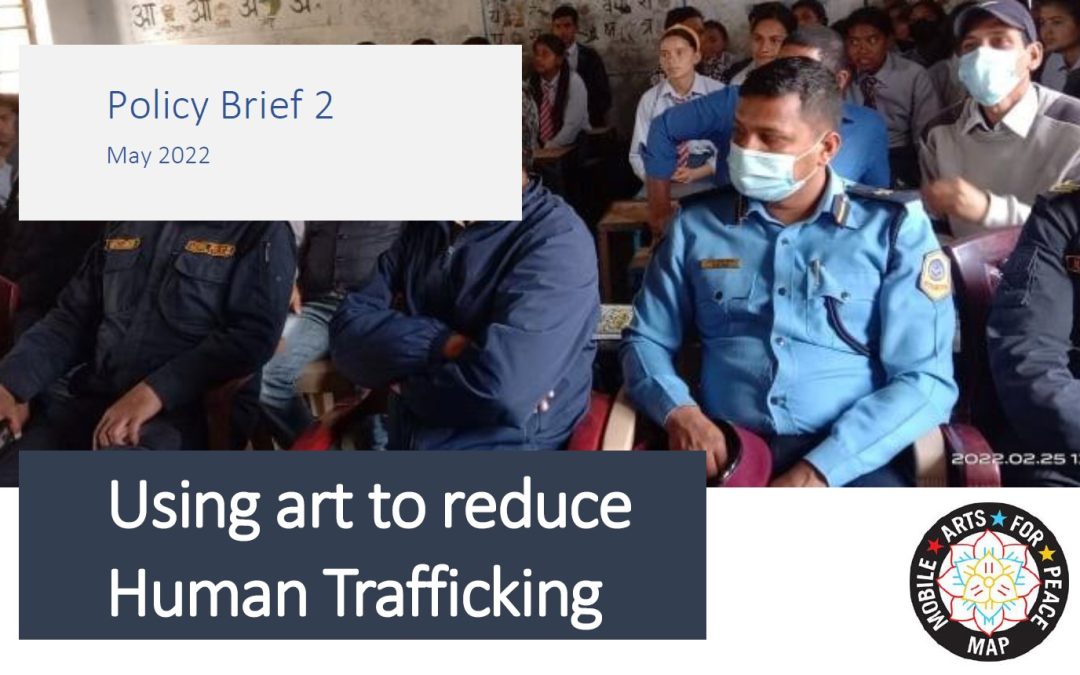
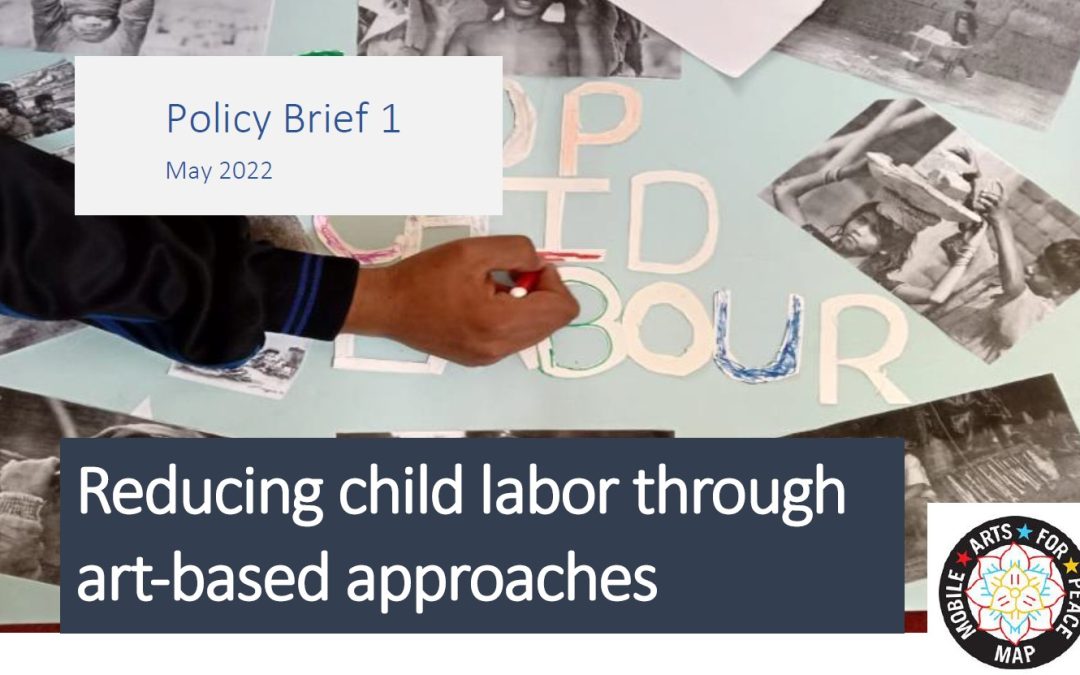
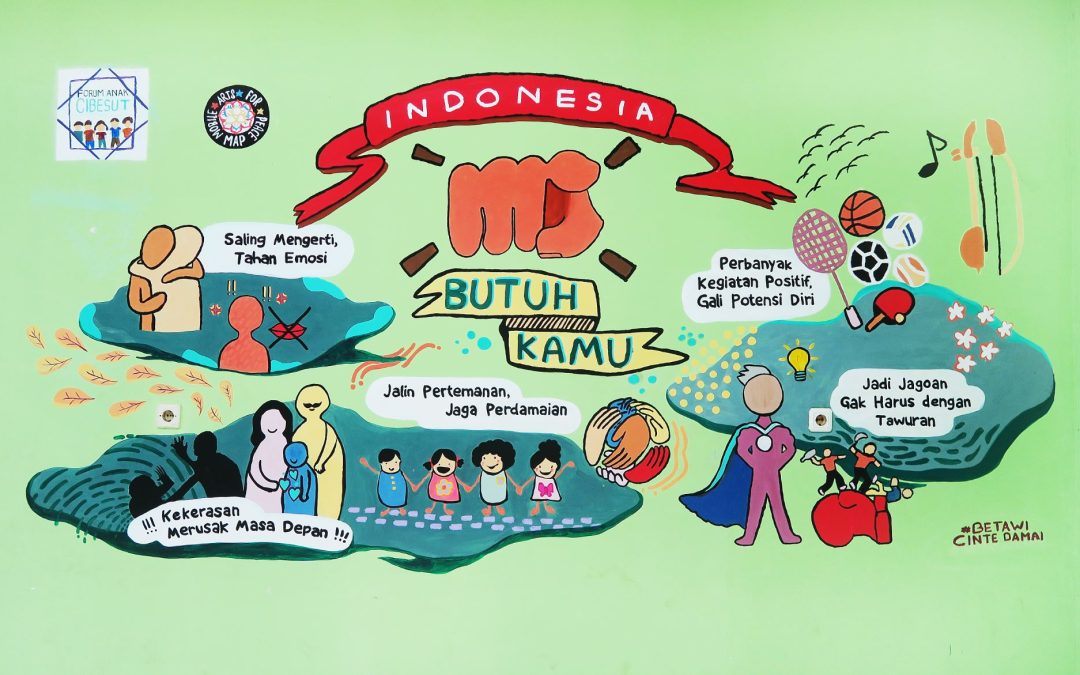
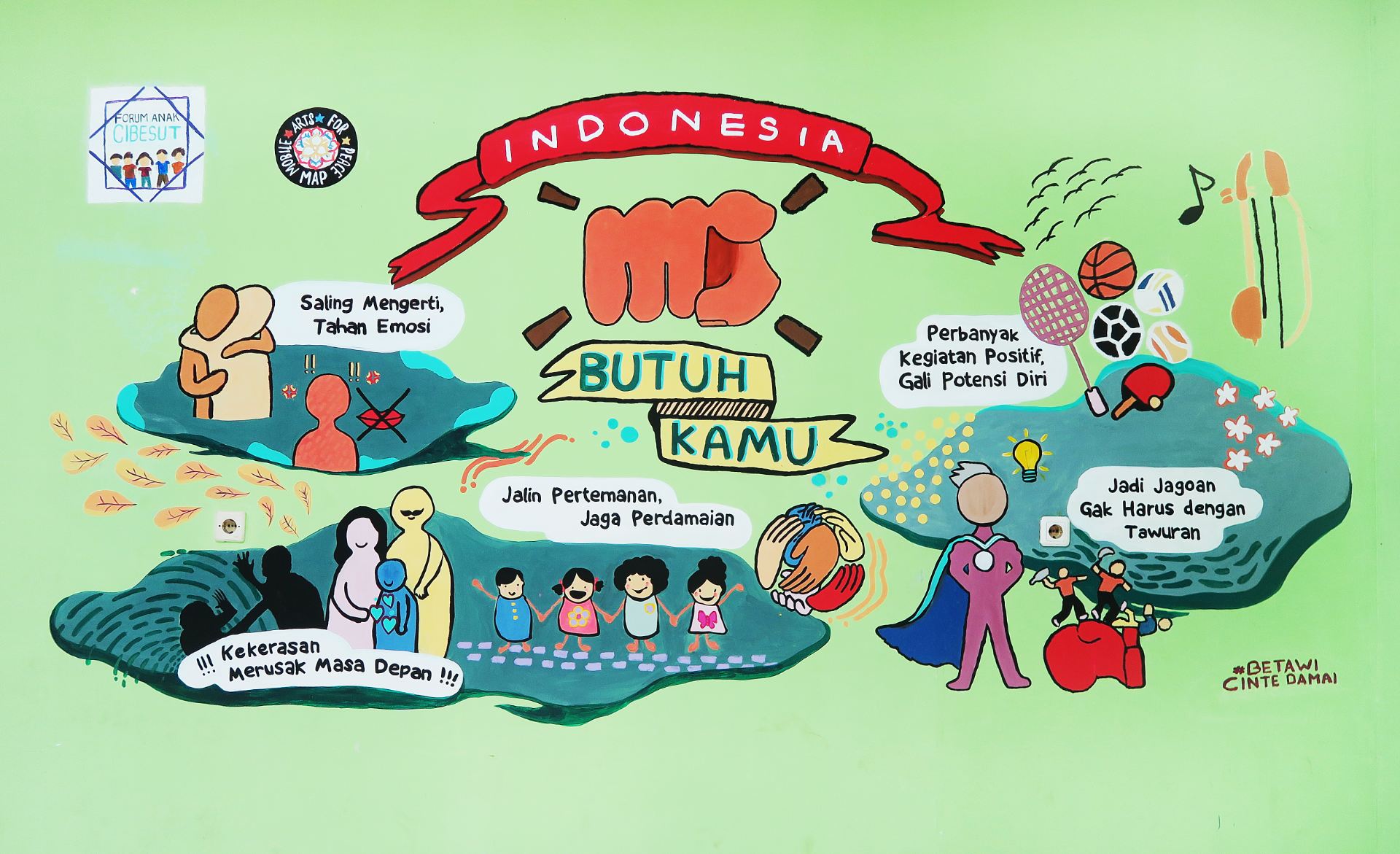

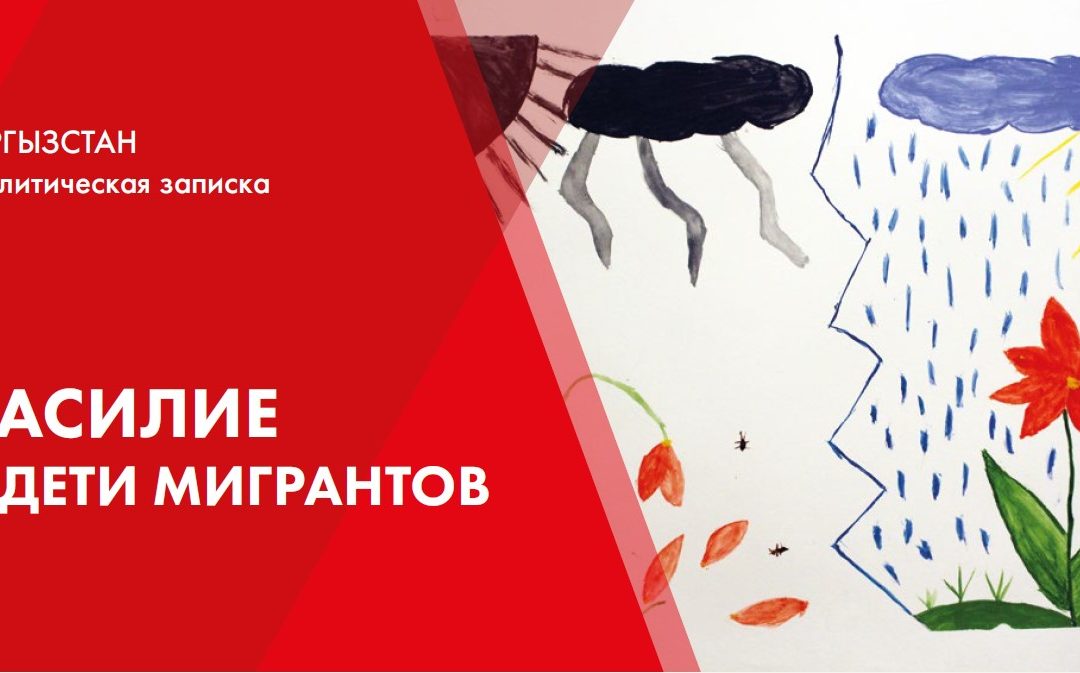
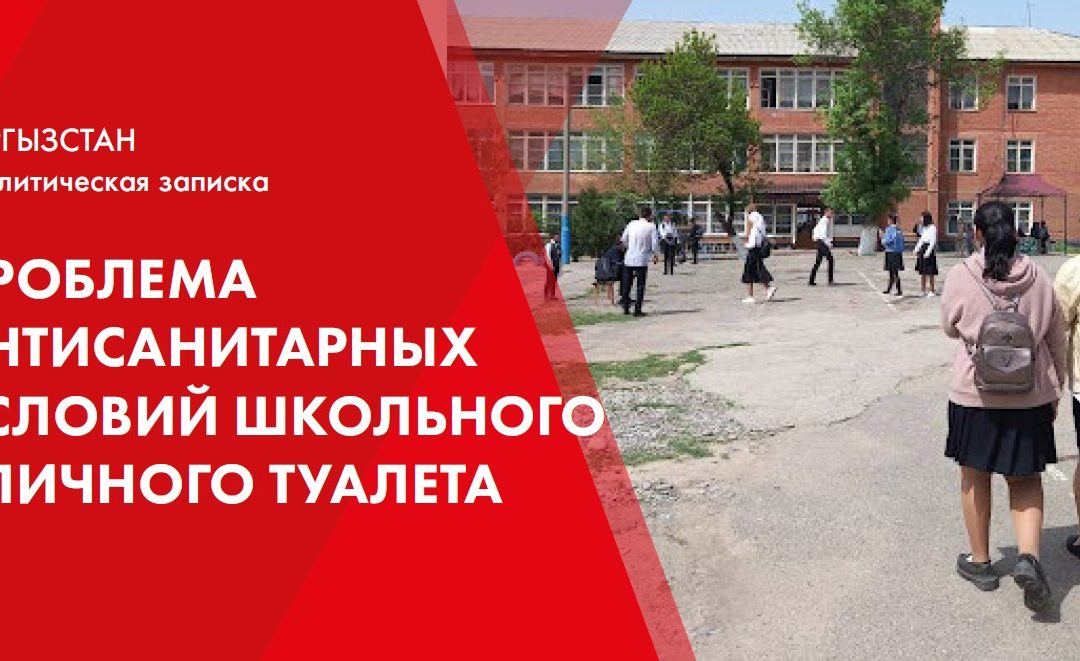

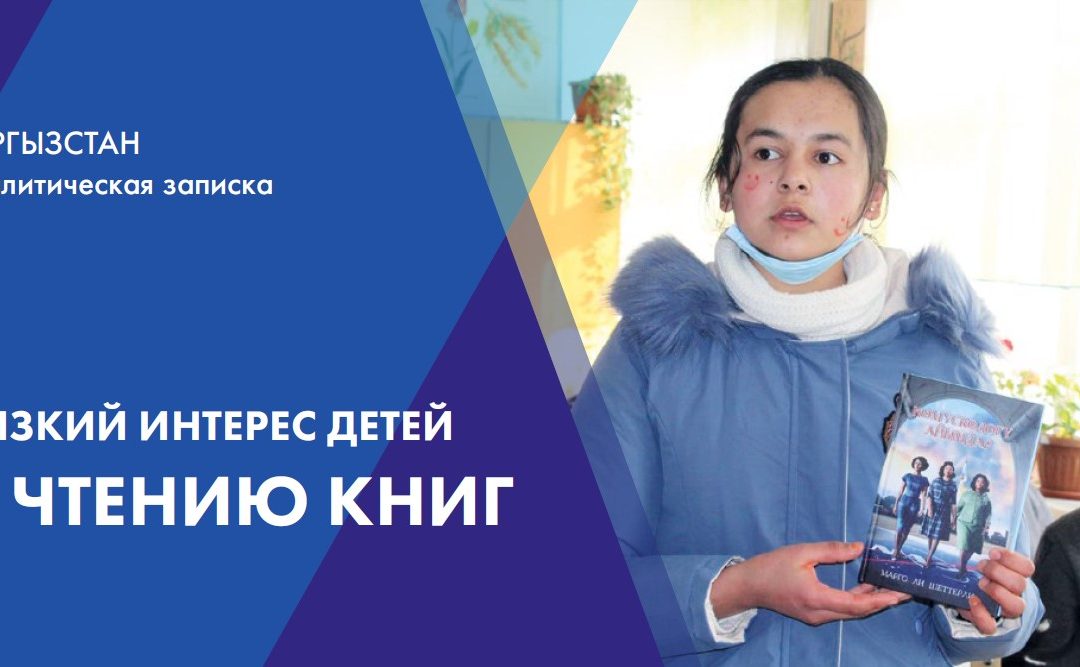
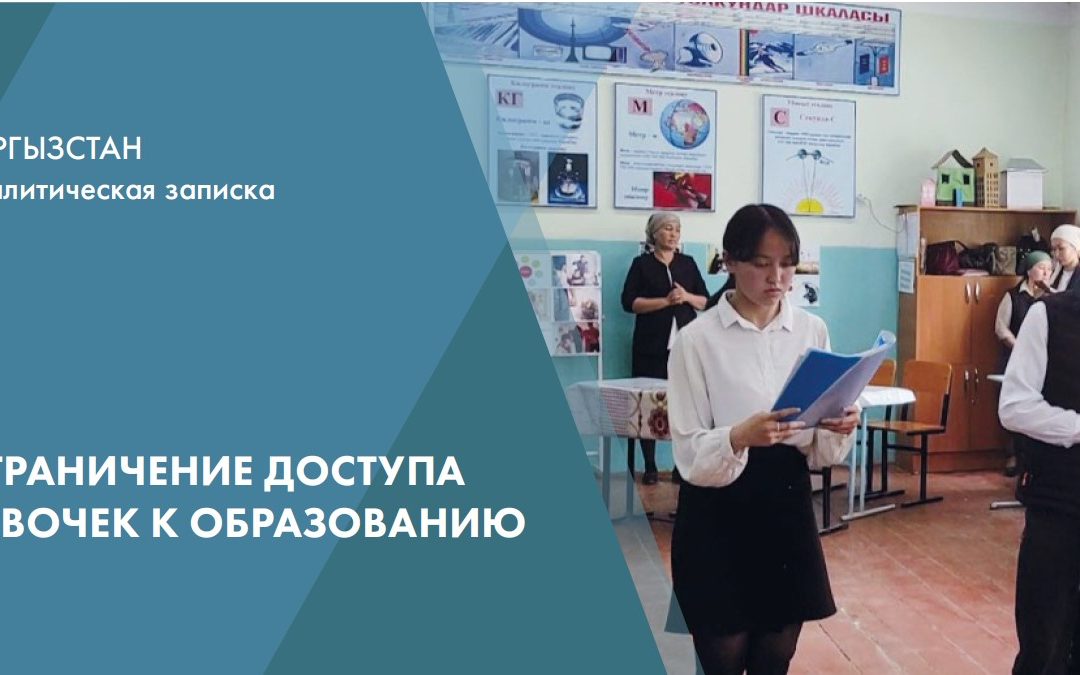
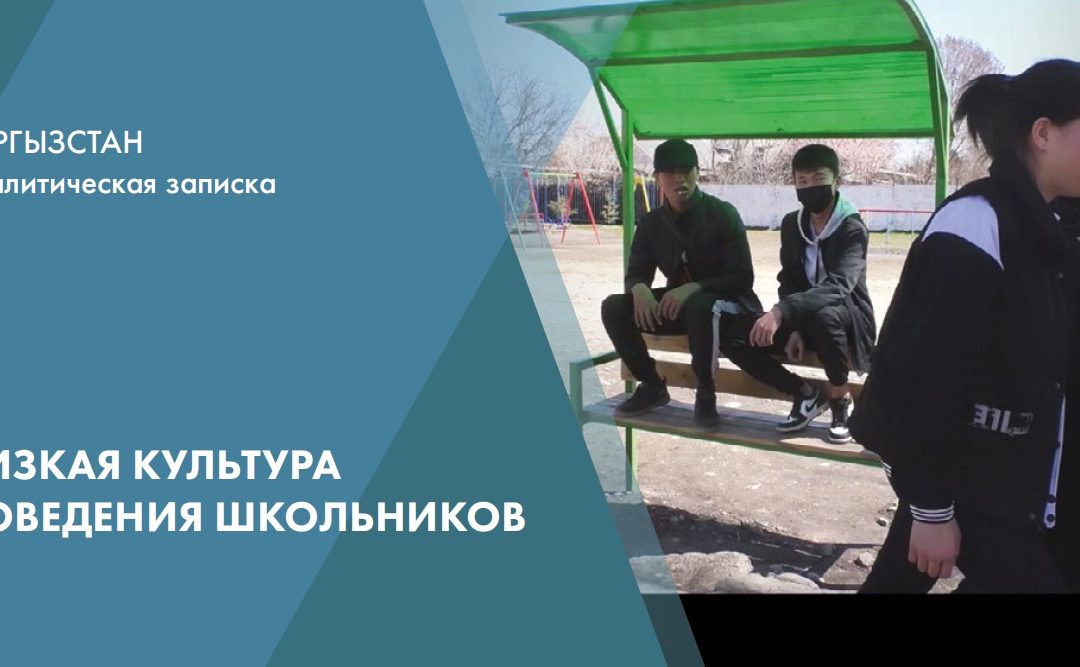
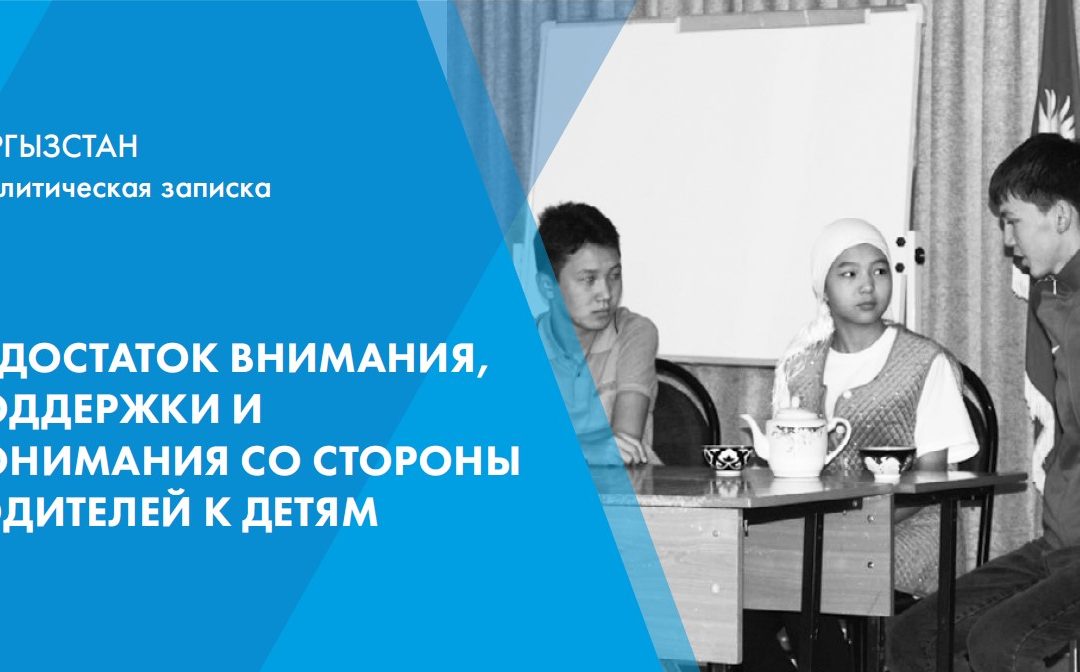
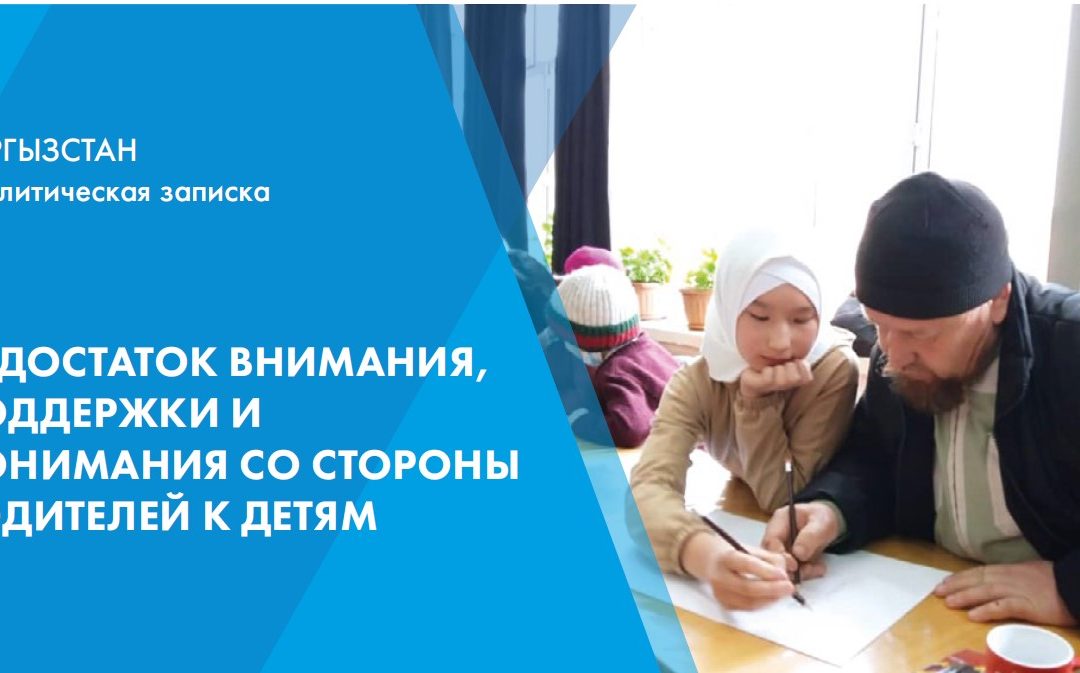
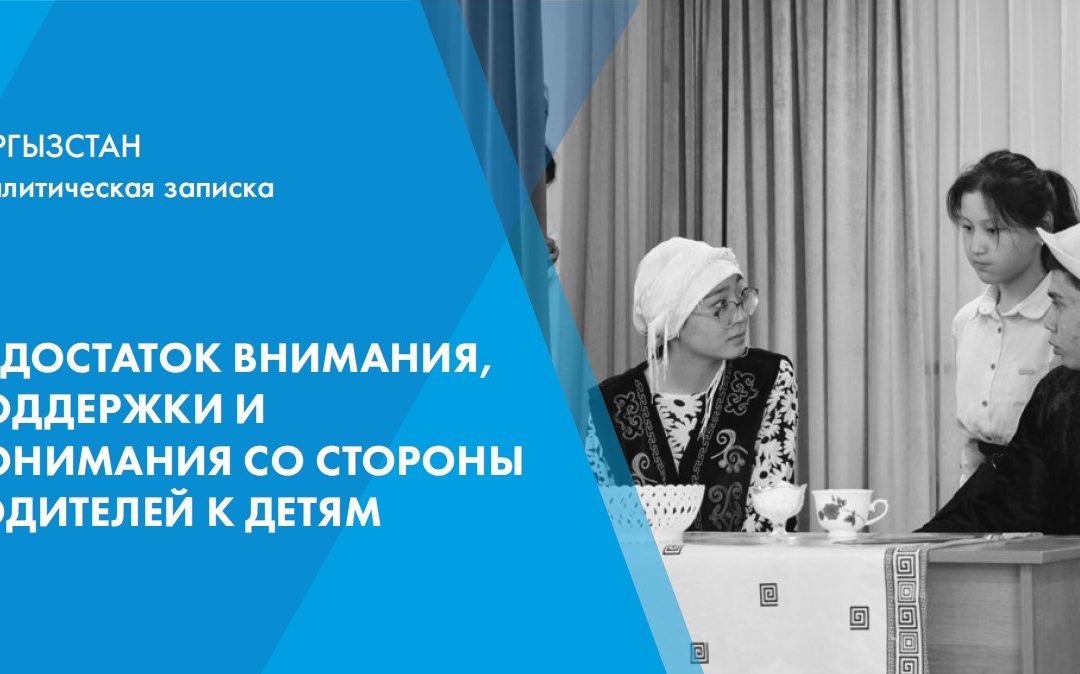
Recent Comments